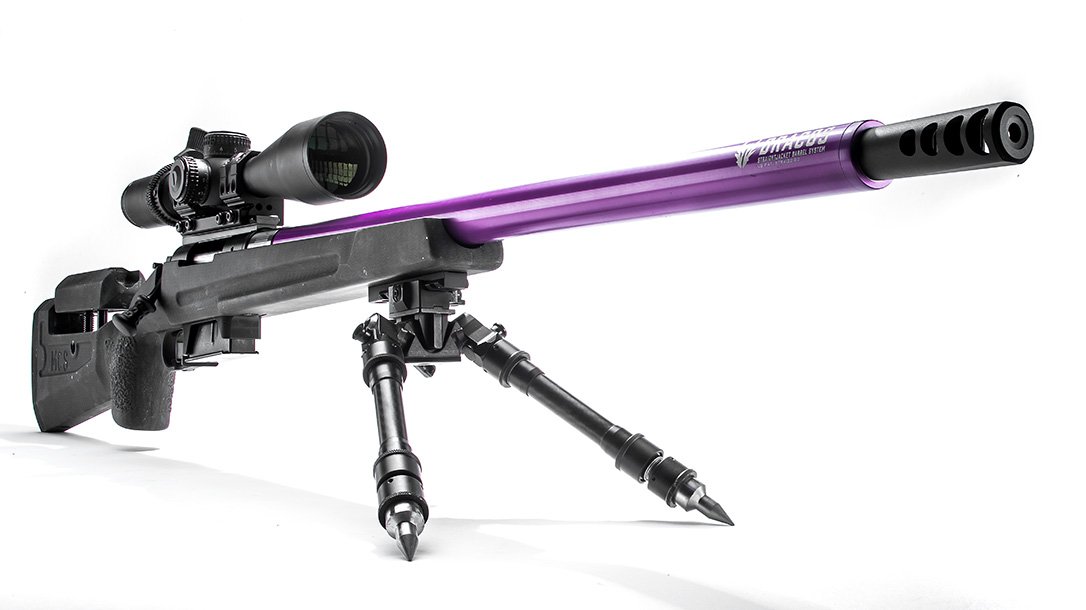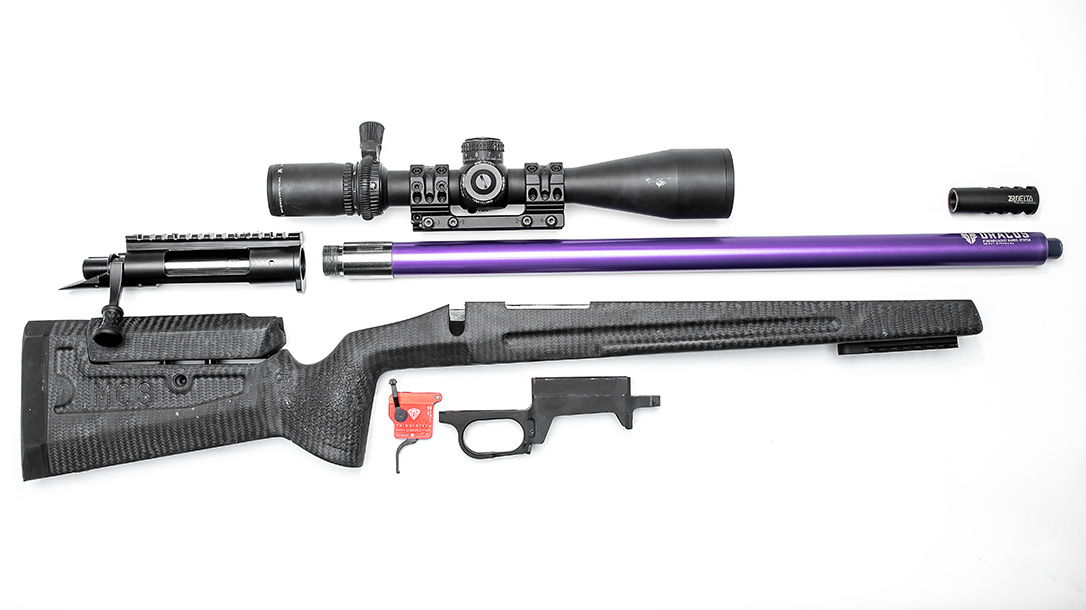
Aftermarket savage rifle parts series#
Ron Coburn turned the company around and got Savage back on its feet by making a series of savvy business and production decisions during the 1990s. Savage Arms was revitalized approximately a year later, however, by a new owner. It was ravaged by a series of unreliable owners who eventually forced the company into bankruptcy during the late 1980s. Fox, which propelled the organization to even greater heights.Īrthur Savage’s unfortunate passing in 1941 foreshadowed the company’s post-war decline. In between wars, Savage purchased two other firearm companies, Stevens Arms and A.

Savage produced machine guns during WWI, “Tommy Guns” during WWII, and a variety of shotguns and rifles for civilian shooters over the course of the twentieth century. From the late 1800s onward, Savage introduced a variety of innovative designs and manufacturing techniques that generated enormous sales in both the military and civilian firearms markets.

Savage Arms started out of a small factory located in upstate New York but quickly became one of the largest firearms companies in America. In between leaving home and starting his company, Savage homesteaded in Australia, ran a coffee plantation in Jamaica, labored on the New York railroads, and found part-time work with the Utica Hammer Magazine Company. He was born in Jamaica, to Welsh parents, where Arthur’s father educated recently-freed slaves. In addition to pioneering a new type of hammerless lever-action rifle and the detachable box magazine (an integral feature of nearly every modern multi-shot rifle), Arthur Savage was a successful entrepreneur and explorer.

The history of Savage Arms is as varied and colorful as the company’s founder, Arthur William Savage, who started his business in 1894.


 0 kommentar(er)
0 kommentar(er)
